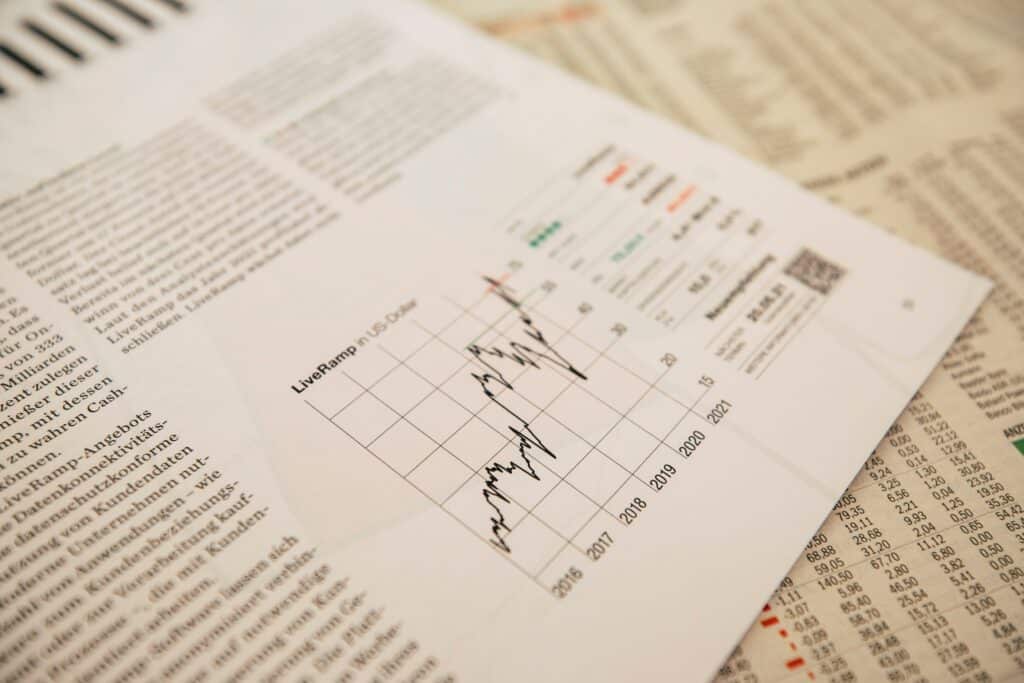At Baker Tilly, we believe that knowledge should be shared. Well-informed decision-making is a practice we live and share, which is why we invite you to discover the exciting world of M&A.
7 most common company valuation mistakes
In any process involving the calculation or examination of different values, it is vital that once the results that were being calculated have been obtained, conclusions can be drawn that help to achieve the objective of the procedure followed. And a number of pitfalls should be avoided errors in company valuation that are usual.
The process of valuing a company does not end with the calculation of its value; it is necessary to make a correct interpretation of it.
In this way, it will be possible to complete the valuation method used with a correct conclusion of the result obtained.
It is evident that a number or figure by itself does not represent anything, and it is necessary to give it a correct meaning, once the value of the company being valued has been obtained.
To avoid possible misunderstandings about how to interpret this result, the following are the most common errors in the interpretation of the valuation.
Most of the errors that will be exposed arise as a consequence of forgetting that the value resulting from any valuation is always contingent on a series of expectations assumed in the process.
CONFUSING VALUE WITH PRICE
The value obtained from the valuation is always dependent on expectations.
A company may be of different value to different buyers depending on the perspectives that each buyer has on the company.
Typically, the value is a number obtained from a spreadsheet, while the price is often cash.
To equate both concepts is a clear mistake.
TO AFFIRM THAT THE VALUATION IS A SCIENTIFIC RESULT AND NOT AN OPINION.
Any valuation procedure is based on a series of assumptions, expectations and forecasts that are highly dependent on the valuer's view of the company, the industry and/or the economy in general.
Thus, to state that the valuation is a scientific result is not correct, since it reflects the opinion of a person.
ENSURE THAT THE VALUATION IS VALID FOR EVERYBODY
Assessments will vary greatly depending on who makes them, and the weight they give to each of the hypotheses used.
Therefore, each assessment will be valid and acceptable to the person who carried it out, as it reflects his or her opinions and perspectives on the future.
In addition, the valuation will not be the same for the buyer as for the seller, largely due to the different view that each of them may have of the company.

CONFUSING STRATEGIC VALUE WITH FAIR VALUE
Strategic value exists only if the company under consideration is more valuable to a buyer than the fair value to other buyers.
This extra value is normally due to the expectation of additional generation of cash flow.
This is therefore strategic value and should not be confused with fair value.
FORGET THAT VALUATION DEPENDS ON A NUMBER OF ASSUMPTIONS
The valuation is based on the projection of the company's financial statements into the future, based on a number of assumptions and assumptions.
Therefore, the most convenient thing to do at the end of a valuation is to perform a sensitivity analysis, modifying some of the assumed hypotheses to check how the result obtained may vary depending on the variability of the estimates taken into account.
In this way, we will be able to obtain a more accurate picture and thus mitigate possible risks.
TAKING VALUATION AS THE STARTING POINT FOR NEGOTIATION
Because the valuation is different for the buyer and the seller, the use to which both parties must put it is different.
On the one hand, the buyer must take it as the maximum price he is willing to pay, because if this amount is exceeded, the value created by the acquisition will be zero.
On the other hand, the seller uses the valuation obtained as the minimum price at which he must accept the transaction in order to obtain a return on the sale.
TO ASSERT THAT VALUATION IS EQUAL PARTS ART AND SCIENCE
The valuation is still an exercise in reasonableness and the making of estimates and logical assumptions within reasonable parameters.
It should not be thought of as an art or science, but simply as a matter of estimating the company's future with prudence and caution, without ever straying from reason.
Source: 201 Common errors in company valuation. Pablo Fernández. 2008.
Do you know what are the 9 objectives of business valuation? Click here.
Download the complete guide to company valuations here:
Request for information
If you want to buy or sell a company, or need more information about our services, do not hesitate to contact us through the form.
Or if you prefer, call us at:
